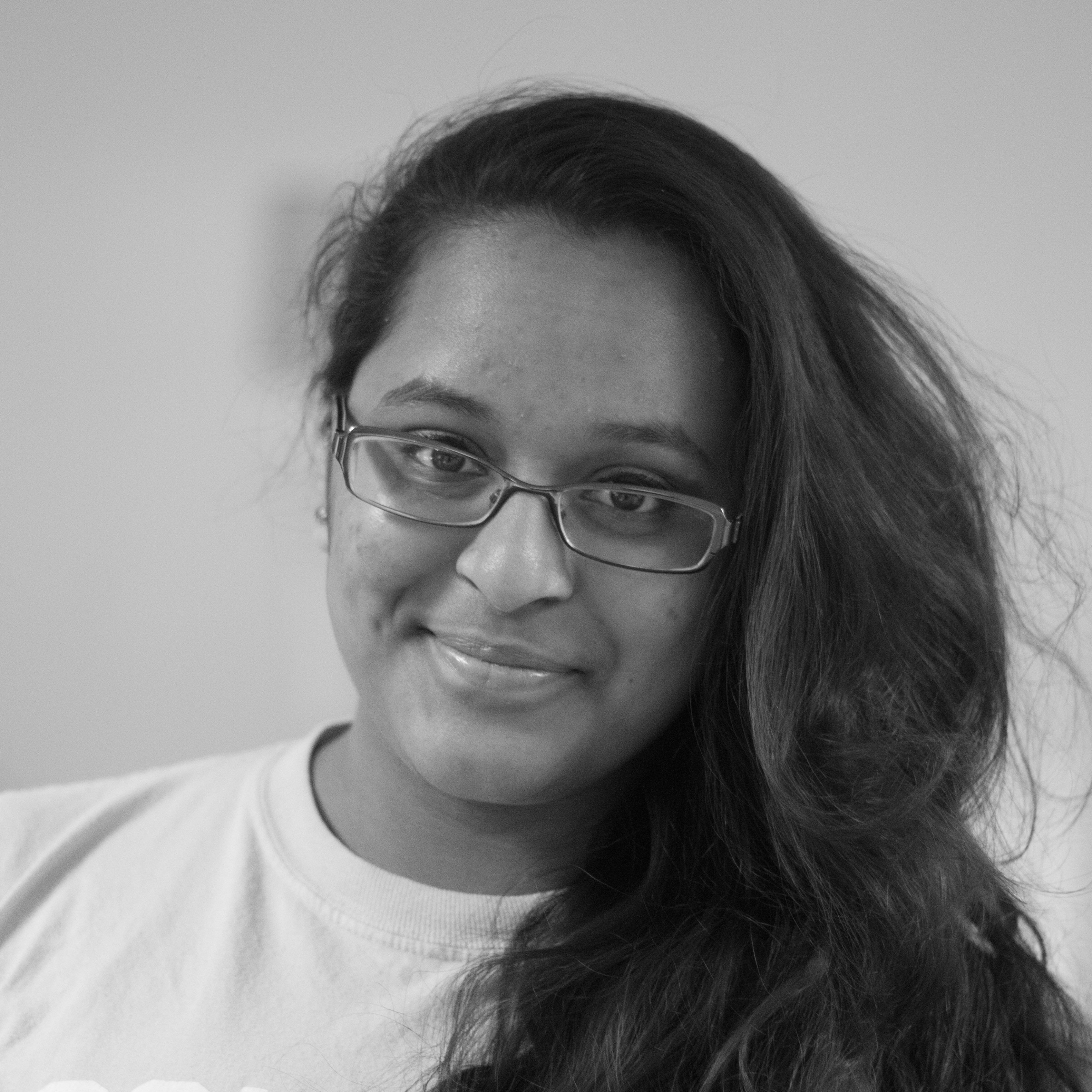The motivation to study abroad is a simple one: visit another country, experience another culture. The extent of how much a student immerses themselves is up to them, but no one goes abroad to live like a Rochesterian.
One popular location to study abroad is India. The drastically different—yet gorgeous—culture attracts many a student to immerse themselves in a once-in-a-lifetime experience.
Junior Elisa Barton studied abroad in New Delhi during Spring 2015 as part of the IES Abroad program. To her, the motivation to study in India was simple. “I chose this program because I wanted to go to India, and it was easy to transition to that program because financial aid and credit transfers were relatively simple.”
“This program was very good at integrating us into Delhi life and [teaching us how to be] independent yet safe within the huge crowded city of 11 million people,” she said about the program. Because the IES program in New Delhi does not offer classes in Barton’s major, public health, she instead decided to take classes that immersed her in Indian culture.
She noted that one of her favorite classes was Classic Kathak—Kathak being one form of Indian Classical Dance—because she thinks “it’s a beautiful and elegant type of dance with a huge history, so [she] wanted to try something new and expand [her] dance repertoire,” says Barton. “It opened my perspective to appreciation of the arts and artists who dedicate their entire lives to dancing.”
She also wanted to take advantage of the class assignments to immerse in Indian arts. “Part of our assignment was to attend [seven] classical music or dance concerts in Delhi and write reports about them. What’s great about Delhi is that there is a classical music concert held almost every day, plus all of the performances are free[…]All of the performances, from Odissi to vocal, were super inspiring and filled with talent I couldn’t handle.”
Regarding the impact that learning Kathak had on her as a dancer and as a person, Barton said that “it definitely opened [her] to new ideas and techniques to dance, to emote with the face and the delicate symbols, for example a flower, that our hands can make.”
“Learning Kathak was not just a new dance style, it required us to learn a completely new culture and religion…coming from a different way of learning dance, we were unexposed to the spiritual, historical, and traditional aspects of dance that are connected to classical Indian dance,” Barton reflected.
To those that visit and even live there, India is a magical place. It has inspired many beautiful stories and movies that discuss its ability to change a person. Barton recounts her own experience of surrealism on a trip to Rishikesh, in the foothills of the Himalayas: “It was nighttime and we were sitting on the clean sand a few feet from the calm blue-green Ganges River. We could see all of the stars and the shadows of the mountain surrounding us. It was so quiet; we could hear the Ganges river but couldn’t see it. That was when I realized how little I was compared to everything else, and also super appreciative of my journey there. It was a quiet and momentous moment of realization that when you follow your desires, you can have anything.”
Concerning daily life, Barton notes that there were quite a few differences in expected behavior. For one, she had to speak in Hindi whenever she went out “to be taken seriously and not get ripped off like a tourist foreigner.”
She also admitted that she “was stared at a lot by men and women because [she] stood out, so it took a lot of patience and inner strength to get over the staring every time [she] stepped outside.”
For her, India was an experienced that changed her as a person.
“I became more patient with people and circumstances. I became more allowing of unwanted things and [able to] release resistance to things [she] can’t control.”
Overall, for her, the experience was an unforgettable one. “I wanted to immerse myself in a culture very different than Western culture, I wanted to make myself uncomfortable and go on an adventure, and it was a whirlwind of emotions high and low. I would do it again in a heartbeat.”
Kanakam is a member of the class of 2017.

